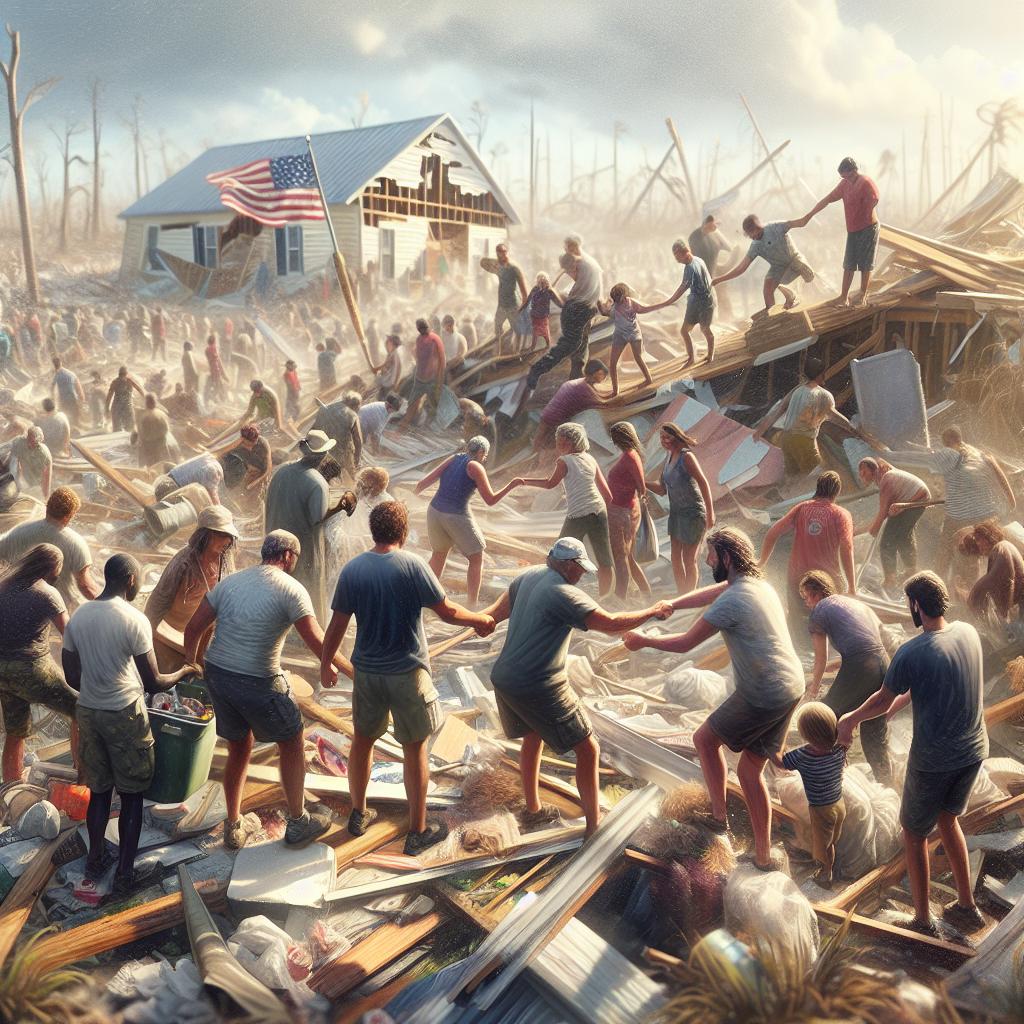Throwback to Hurricane Hazel: A Watershed Moment for Myrtle Beach
MYRTLE BEACH – It’s hard to imagine now, but on a sunny October morning in 1954, this charming coastal town was caught in the eye of a ferocious storm that changed everything. Yes, we’re talking about Hurricane Hazel, a storm that rolled through town on October 15, turning Myrtle Beach into a scene of chaos and destruction.
Jack Thompson, now an 88-year-old local photographer, recounts those harrowing days. With a World War II-era siren blaring through the air, Myrtle Beach firefighters did their best to alert residents. “No one really expected a hurricane,” Thompson reminisced. “The radio station had gone quiet, and our only means of communication were volunteers driving around with loudspeakers yelling messages.” Can you imagine? It’s like something out of a movie!
Hurricane Hazel wasn’t just any storm; it was classified as a Category 4 beast with winds whipping up to 150 mph. It started its journey in the Caribbean and packed quite the punch when it turned north towards coastal Carolina, leaving a wave of devastation in its wake.
What Happened on That Fateful Day
By the morning of October 15, officials scrambled to evacuate coastal residents as Hazel barreled towards the Carolinas. Timing couldn’t have been worse, as the storm coincided with the highest lunar tide of the year, causing an unbelievable 18-foot storm surge along the coastline. It’s no wonder Myrtle Beach was on high alert!
The aftermath was nothing short of shocking. An estimated 80 percent of oceanfront homes were destroyed. In fact, North Myrtle Beach lost a three-story hotel to the storm! Images captured by Thompson depicted a scene of wreckage — “There were trees, refrigerators, and even cars floating in the ocean,” he recalled, as he set out to document the community’s loss.
What’s the Damage?
Hurricane Hazel wasn’t just fierce; it was lethal. Over 1,000 lives were lost due to the storm, with Myrtle Beach itself, miraculously, only reporting one casualty. The monetary damage? Nearly $400 million. Wow! One thing’s for sure, this storm left its mark — literally and figuratively.
A New Dawn
But here’s where it gets interesting. Even as the pain of destruction hung in the air, Myrtle Beach took this disaster and transformed it into a springboard for revival. The local chamber of commerce kicked off a national campaign claiming, “Myrtle Beach is open for business!” And guess what? By the summer of 1955, tourism was back in full swing!
Marian Calder from the Horry County Museum said many homes lost to Hazel were replaced with hotels, forever changing the landscape of our beloved Grand Strand. This hurricane didn’t just reshape our buildings; it reshaped our way of life. “It wasn’t just a natural event; it had huge cultural implications for us,” Calder explained.
Looking Back, Moving Forward
As we remember Hurricane Hazel during this anniversary, let’s honor not just what was lost but what was built in its aftermath. It’s a testament to the resilience of the Myrtle Beach community. While some business owners have grumbled about traffic and tourism over the past summer, it’s worth remembering that we have overcome much worse together.
So, here’s to Myrtle Beach — a place that’s weathered the storm, rebuilt, and emerged stronger. Whether you’re spending time at the beach or catching the latest local events, you’re part of a long history of resilience and community spirit!
Let’s keep this history alive as we celebrate our ever-evolving beach town!







